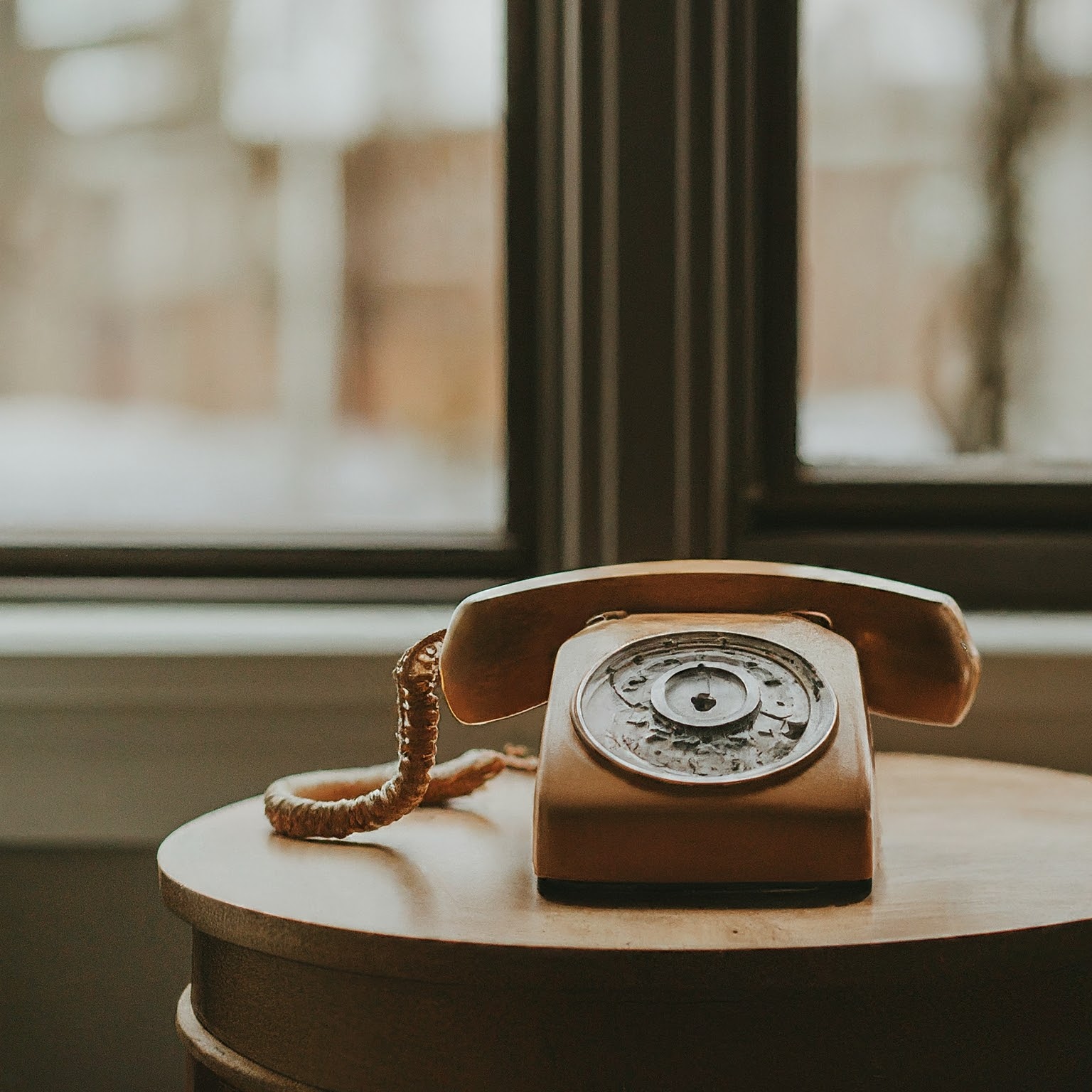In an era dominated by smartphones and mobile connectivity, the humble house phone might seem like a relic of the past. However, despite the rise of digital communication, the house phone continues to hold a significant place in many households, offering reliability, convenience, and a sense of nostalgia.
This exclusive article delves into the multifaceted world of house phones, tracing their history, evolution, contemporary relevance, and the unique benefits they offer in an increasingly mobile-centric world.

A Journey Through Time: The Evolution of the House Phone
The house phone’s history is intertwined with the development of telecommunication technology. From its early days as a bulky, wall-mounted apparatus to the sleek cordless models of today, the house phone has undergone a remarkable transformation, adapting to the changing needs and preferences of users.
The Early Years: Landlines and Rotary Dials
The house phone’s story begins in the late 19th century with the invention of the telephone by Alexander Graham Bell. Early house phones were connected to the telephone network through landlines and featured rotary dials, requiring users to manually dial each digit of a phone number. While these early models were cumbersome and limited in functionality, they represented a significant breakthrough in communication, enabling people to converse over long distances without the need for written messages or physical presence.
The Rise of Push-Button Phones and Cordless Models
The mid-20th century witnessed the introduction of push-button phones, replacing the rotary dial with a more convenient and efficient keypad. This innovation streamlined the dialing process and paved the way for additional features, such as call waiting and caller ID.
The 1980s saw the advent of cordless phones, liberating users from the constraints of the cord and enabling greater mobility within the home. Cordless phones quickly gained popularity, offering convenience and flexibility while maintaining the reliability of a landline connection.
The Digital Age: Answering Machines and Caller ID
The digital revolution further enhanced the capabilities of house phones. Answering machines became a common feature, allowing users to record messages from callers when they were unavailable. Caller ID, another significant innovation, displayed the incoming caller’s phone number, empowering users to screen calls and identify potential spam or unwanted calls.
The Modern Era: Smart Home Integration and Beyond
In recent years, house phones have embraced the era of smart home technology. Many models now offer features such as Bluetooth connectivity, allowing users to pair their smartphones and make calls through the house phone. Integration with smart home systems enables voice control and other advanced functionalities.
The Contemporary Relevance of House Phones
While smartphones have undoubtedly revolutionized communication, house phones continue to hold relevance in many households for several reasons:
Reliability
House phones rely on landline connections, which are generally more reliable than cellular networks, especially during power outages or natural disasters. This makes them a crucial communication tool in emergencies when mobile networks might be disrupted.
Sound Quality
Landline connections typically offer superior sound quality compared to mobile phones, ensuring clear and uninterrupted conversations. This is particularly important for individuals with hearing impairments or those who frequently engage in long phone calls.
Convenience
House phones are readily available and accessible to everyone in the household, eliminating the need to carry a mobile phone at all times. They are also ideal for shared spaces, such as kitchens or living rooms, where multiple people might need to use the phone.
Security
House phones are generally less susceptible to hacking and cyberattacks compared to mobile phones, providing an added layer of security for sensitive conversations.
Nostalgia and Familiarity
For many people, house phones evoke a sense of nostalgia and familiarity. They represent a connection to the past and a simpler time when communication was less fragmented and more focused.
Benefits of Having a House Phone
In addition to the aforementioned reasons, having a house phone offers several other benefits:
Cost-Effectiveness
Landline phone service is often more affordable than mobile phone plans, especially for households with multiple users. Bundled packages that include internet and TV services can further reduce costs.
Clarity and Convenience for Businesses
For businesses, house phones offer a professional image and ensure clear communication with clients and customers. Features such as conference calling and call forwarding can enhance productivity and streamline business operations.
Accessibility for the Elderly and Disabled
House phones are particularly beneficial for the elderly and people with disabilities. Large buttons, amplified sound, and compatibility with hearing aids make them easier to use and ensure accessibility for everyone.
Peace of Mind for Parents
For parents, house phones provide a sense of security, knowing that their children can always reach them in case of an emergency, even if their mobile phones are lost or out of battery.
Choosing the Right House Phone
When selecting a house phone, consider the following factors:
Corded vs. Cordless
Corded phones offer reliability and simplicity, while cordless phones provide greater mobility and flexibility.
Number of Handsets
Choose the number of handsets based on the size of your household and your communication needs.
Features
Consider features such as caller ID, answering machine, Bluetooth connectivity, and smart home integration.
Price
House phones range in price depending on their features and capabilities. Set a budget and compare different models to find the best value for your needs.
The Future of the House Phone
While the house phone might seem outdated in the age of smartphones, it’s unlikely to disappear completely. As technology continues to advance, we can expect house phones to evolve and incorporate new features, such as voice assistants and smart home integration. They will likely continue to serve as a reliable and convenient communication tool, especially in situations where mobile connectivity is unreliable or unavailable.
Conclusion
The house phone, despite facing competition from mobile phones, remains a valuable asset in many households. Its reliability, sound quality, convenience, security, and nostalgic appeal make it a worthwhile investment for those seeking a dependable and accessible communication tool.
لا تعليق